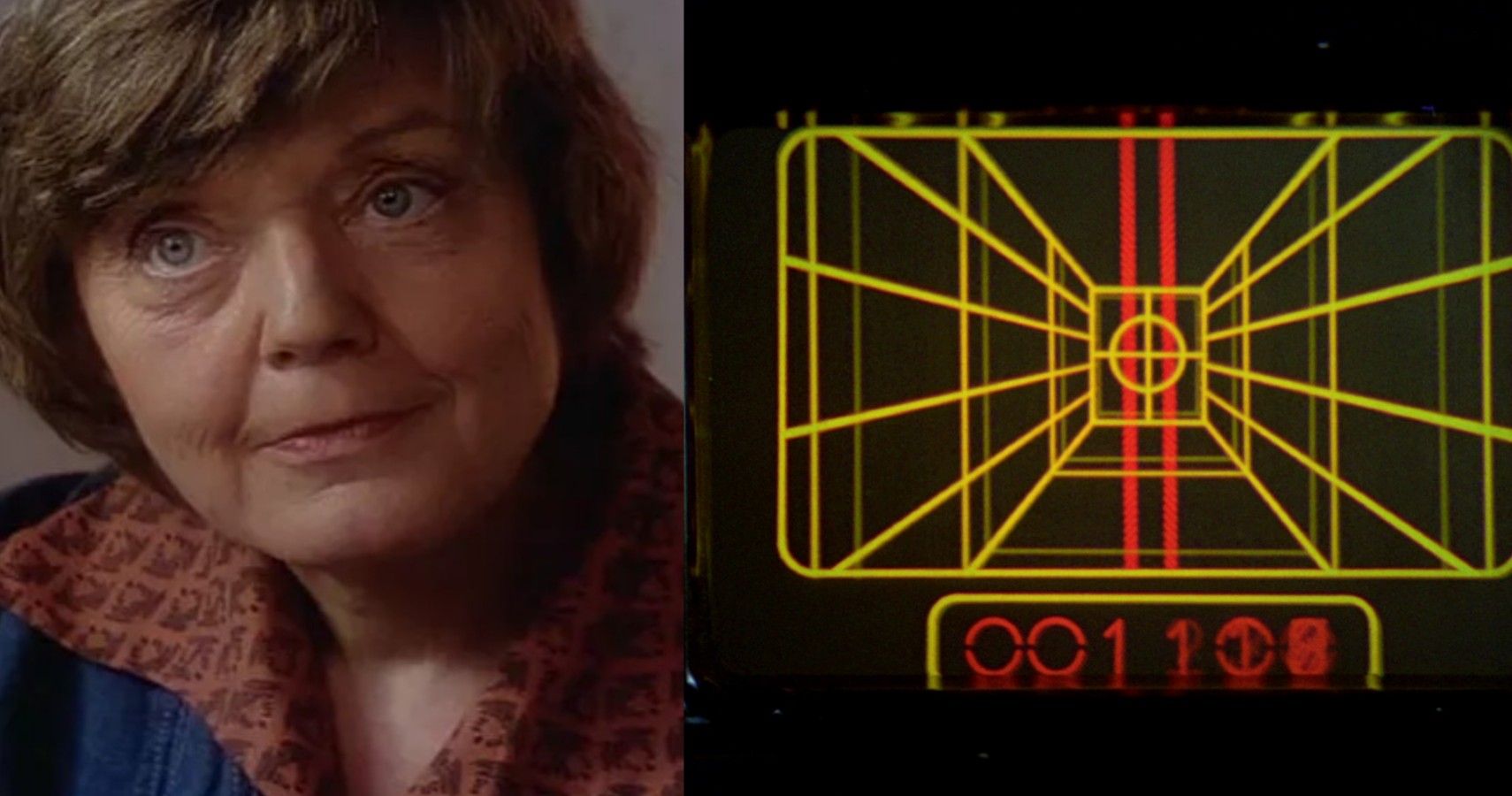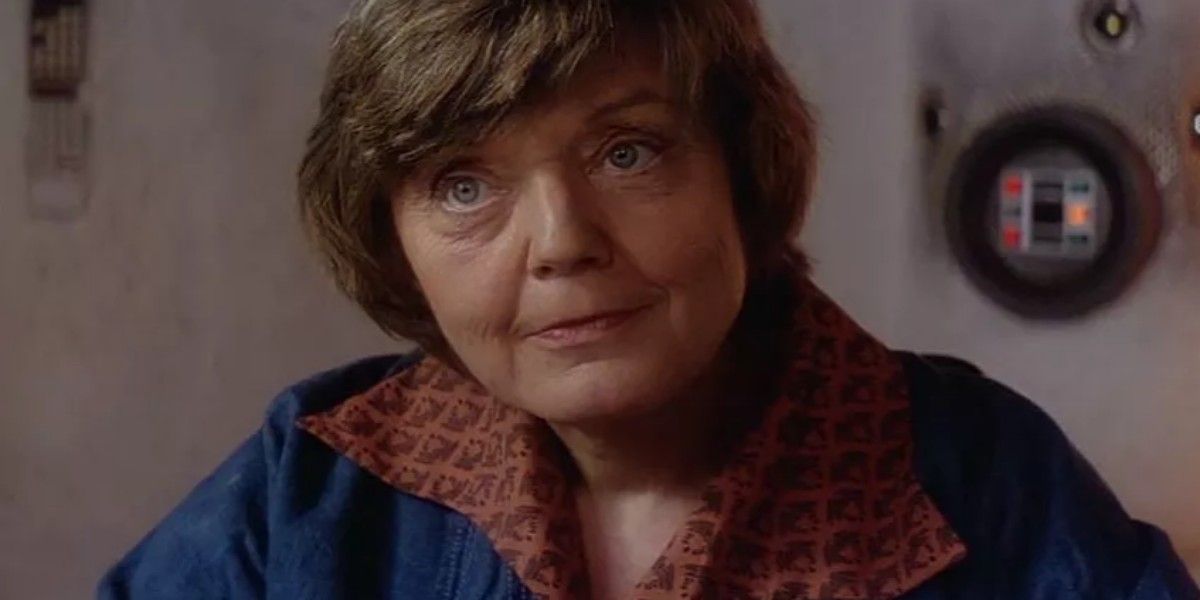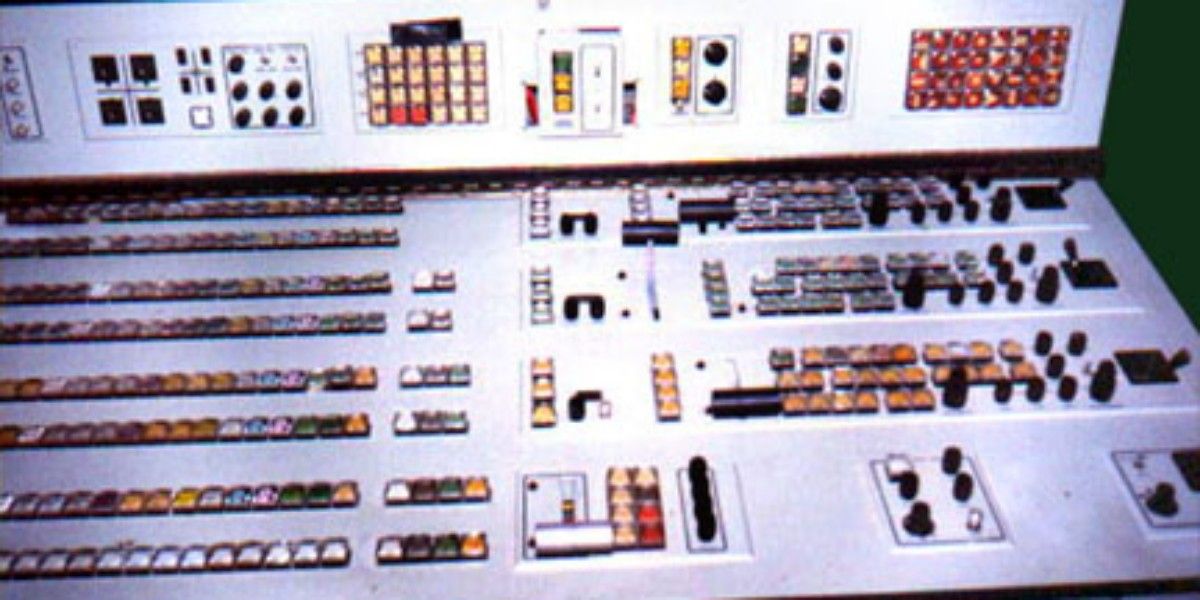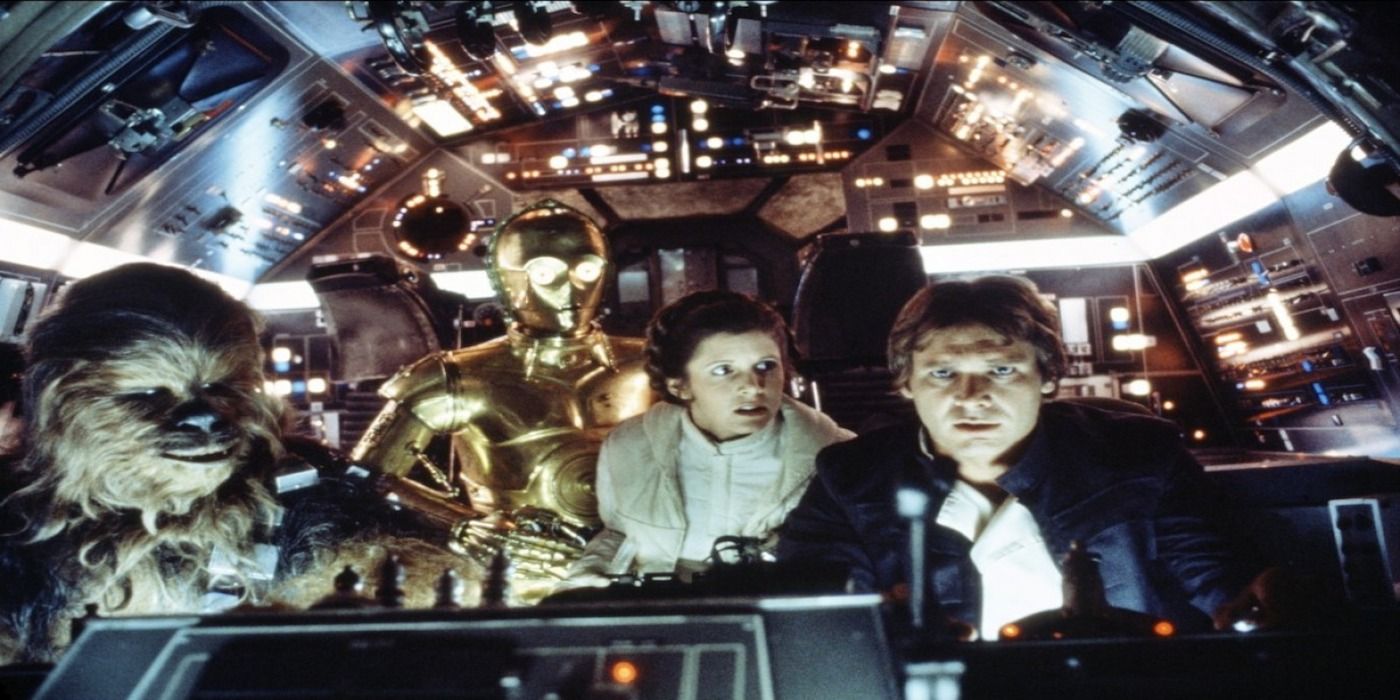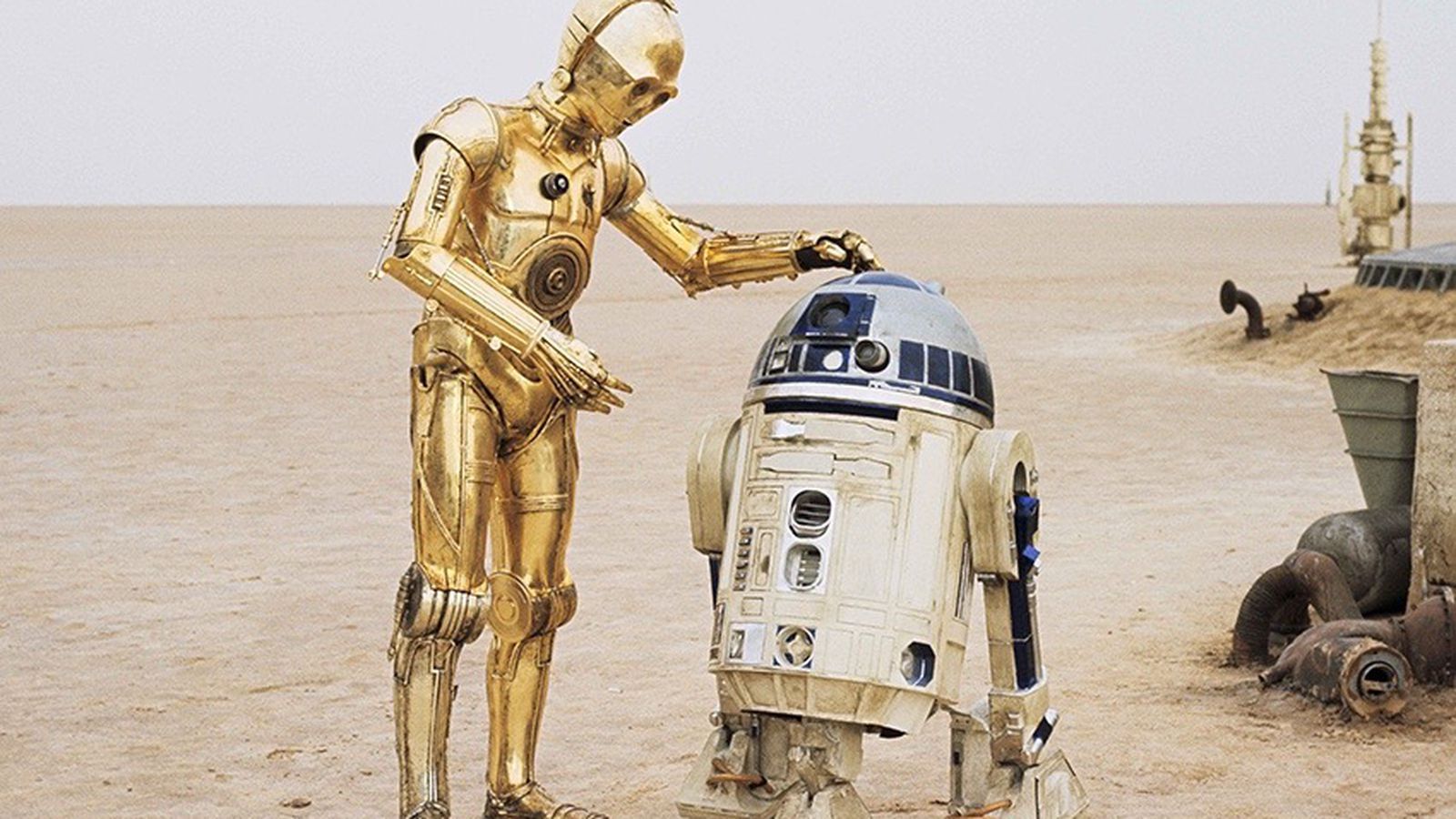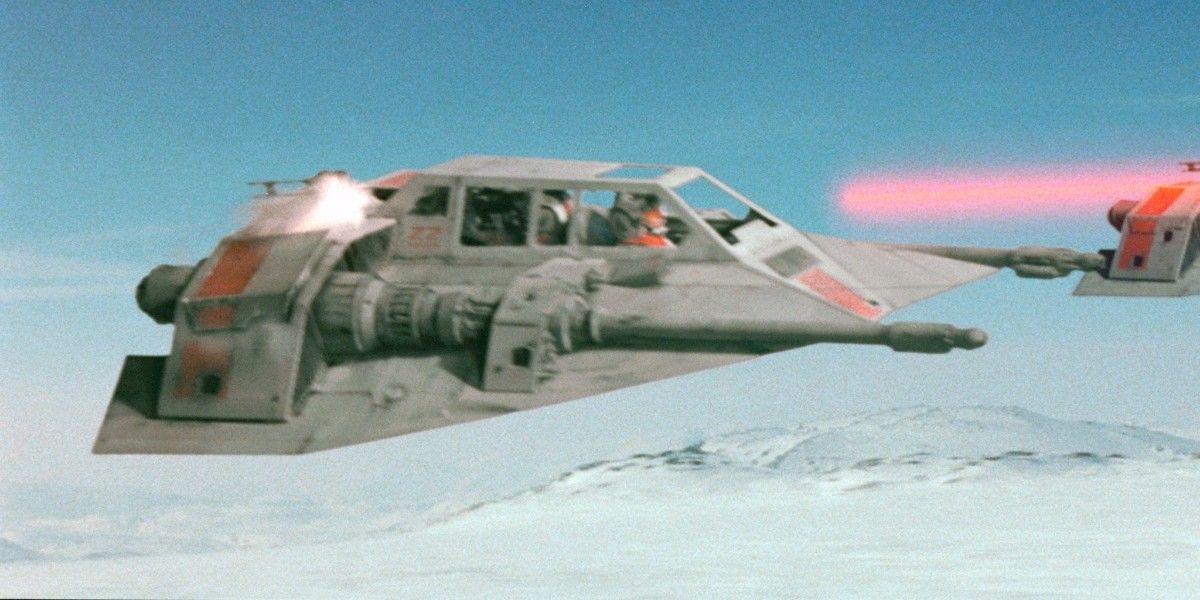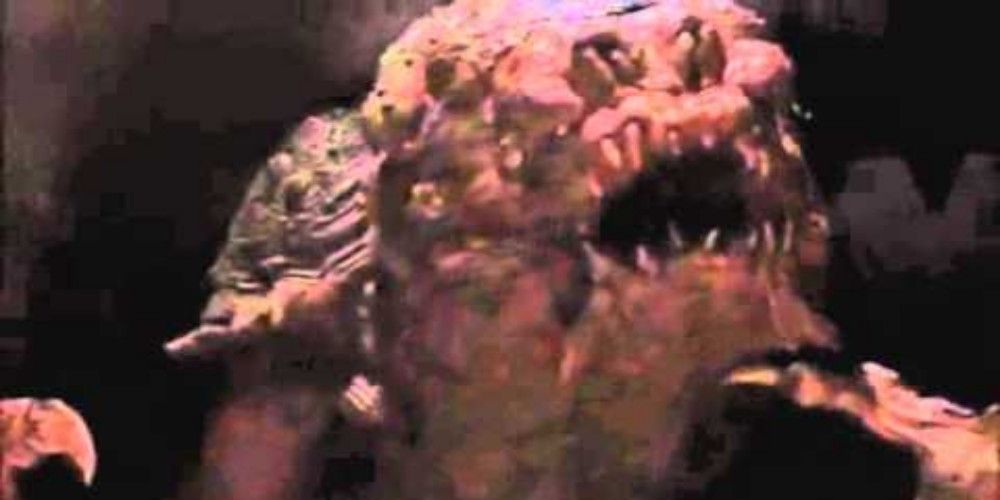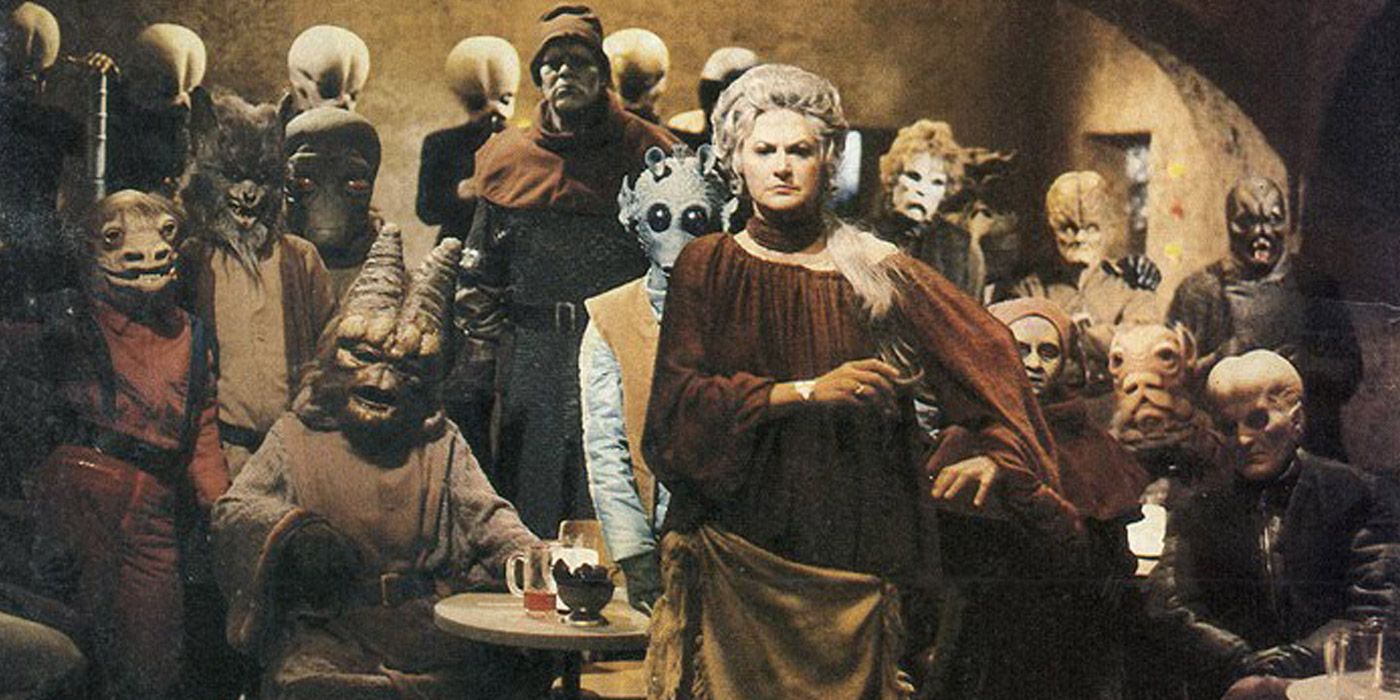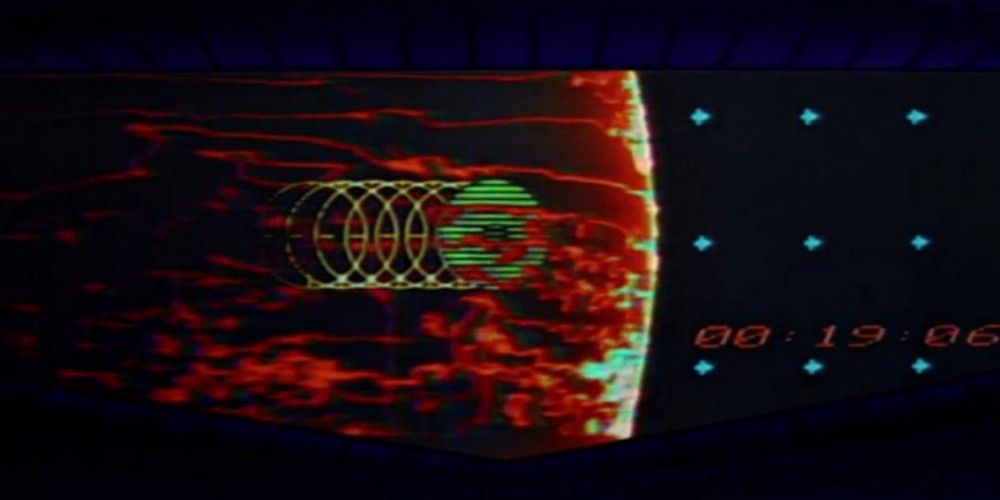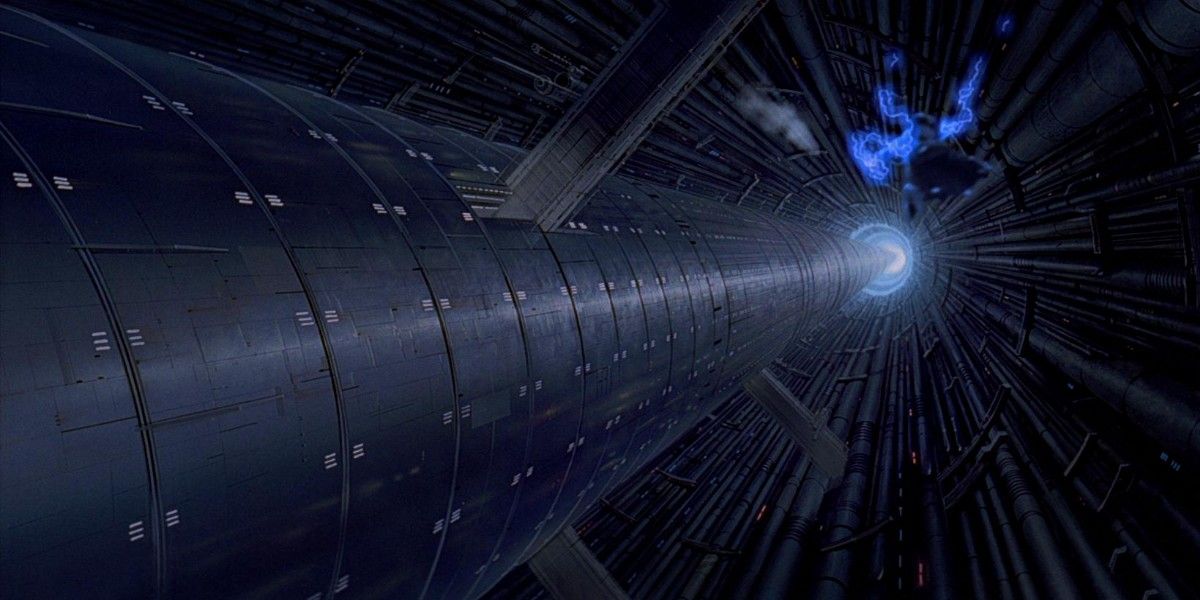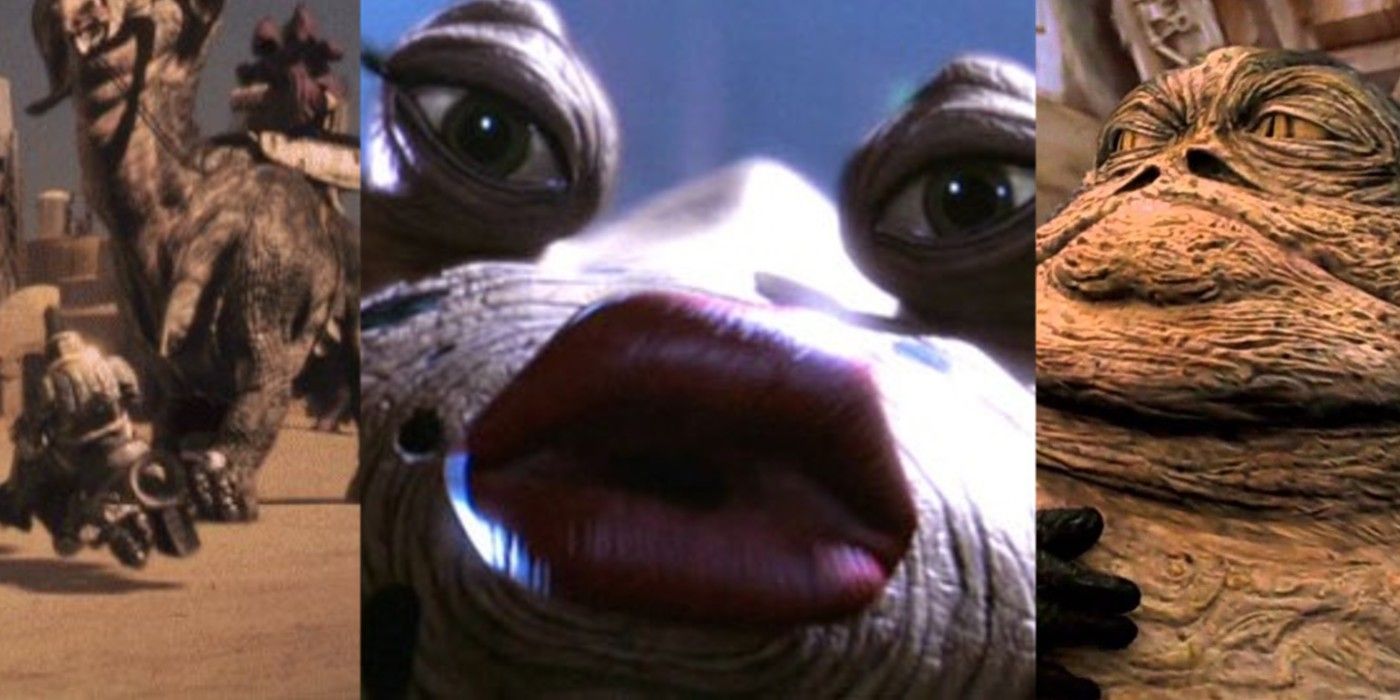One of the most groundbreaking pieces of cinematic history, the original Star Wars trilogy has influenced every aspect of modern film production and pop culture since Episode IV: A New Hope was released in 1977. With each new installment, unrivaled special effects and innovative moviemaking brought a galaxy to life. With its immersive environments, booming orchestral score, and sophisticated visual effects, it was beyond the synthesizer-heavy, tongue-in-cheek science-fiction films of its time.
As impressive as the original trilogy is, there are aspects of it that don't hold up today. As more Star Wars films continue to be made, improving upon its successful template, it cannot hope to match them in their scope and technological progress. It will always be recognized as the monumental inspiration it is, but here are ten aspects about it that haven't aged very well.
THE '70s FASHION
Most of the time, the characters in the Star Wars Universe wear a pastiche of styles from several discernible Earth eras, which gives them a timeless quality. The women don't wear gold sequin fabric, vinyl go-go boots, and bright blue eyeshadow. Men don't sport lots of facial hair and chunky heels (unless you're Lando). In other words, there's nothing too reflective of the era in which the original trilogy was made.
Except for some truly blatant times, like when Aunt Beru sports a very obvious jean jacket with over-sized lapels in A New Hope, complete with a garish orange pattern. Or when the citizens of Cloud City were cruising around with bloused shirts, beetle boots, and jumpsuits.
THE ANALOG REFERENCES
There are a number of aspects of the Star Wars Universe that remind you, as you watch the original trilogy, that it really takes place "a long time ago in a galaxy far, far away." Sure, there are hovering vehicles we'd expect in a science fiction setting. There are characters with jet-packs, like Boba Fett. But there are a lot of analog references that defy the logic of technological advancement.
In a galaxy that has been able to create lightsabers, it also has superweapons like the Death Star that are controlled by a panel with knobs, switches, and buttons, whereas in the prequels there were touch-screen pads with miniature holographic communicators.
THE SHIPS
One of the biggest difficulties the original trilogy faces now that later films have been released is that all of the vessels look clunky and unsophisticated. There's nothing but edges, triangles, and exposed wiring. The Millennium Falcon is a perfect example of cobbled together parts which adds character, but what about the mass of greeble that is the Y-wings?
The prequels presented a sleek, "futuristic" concept, despite it not being in the "future." It was inspired by the art-deco aesthetic of the '30s, and it's been said that Lucas wanted to show the galaxy's Core Worlds the way they existed prior to the Galactic Civil War. The problem is they make the original trilogy look like it was cobbled together by debris from the prop department.
THE DROIDS
While there's no denying that the droids in Star Wars are an integral part of what gives the franchise its whimsical character, certain concepts around them have become dated. Lucas wrote his droid characters when phrases like "access to system codes" and "part of your programming" were the only applicable terms.
But as technology changes in the modern era, there are modern tech phrases being introduced to the Star Wars Universe during time periods that don't make sense. In The Clone Wars series, phrases like "network," "download," and "memory" are used that make the original trilogy droid terminology seem clunky.
THE BAD GREEN SCREEN EFFECTS
Lucas and the team at Industrial Light and Magic pioneered some of the special effects in the '70s and '80s that laid the groundwork for all the advancements in cinema we enjoy today. They used green screen technology when no one else was, and when it was successful, like during the speeder bike chase in Return of the Jedi, it really helped to elevate the film.
That being said, there were plenty of times when it didn't work as seamlessly as Lucas and Co. hoped. This means that there are harsh green screen transitions during the Hoth snowspeeder attack, and when the TIE-fighters wind through the asteroid field in The Empire Strikes Back.
THE HARSH MATTE LINES
To make any futuristic, alien, fantasy, or just hard-to-reach location come to life in Hollywood these days, green screens are used to superimpose a backdrop behind actors or objects. It was introduced during the filming of the Star Wars movies and continues to be used to this day.
It takes particular precedent in Return of the Jedi, the last of the original trilogy and the most advanced in terms of special effects. If you look closely at the scene involving Jabba the Hutt's skiffs and sail barge on Tatooine, you'll see pretty heavy matte lines around the objects due to the process of green screening.
THE ALIENS
While the adventures we follow in the original trilogy mostly concern humans, there are dozens of aliens in the Star Wars Universe to make it feel exotic and far from our own planet. From Jawas, to Tusken raiders, to Ewoks, there's a large enough variety on each new planet the humans visit to be a visual and auditory delight.
But sometimes, the aliens just seem like guys in masks. For every Chewbacca, who seems like a living and breathing Wookiee, there's every alien in the cantina scene. The practical effects were good for their time, but now it looks like an elaborate Halloween party.
THE DISPLAY SCREENS
Computer displays in the '70s were very simplistic, with little color variation and based on a plane of geometric shapes. The film Futureworld was the first film to use 3D animation and a form of "CGI" in 1976 by showing a human head and a hand. The Star Wars trilogy was only showing tactical displays, and nothing so sophisticated.
While the latest trilogy beginning with The Force Awakens does a decent job of trying to adhere to the very basic display screens of the original trilogy for continuity's sake, the prequels had incredibly detailed tactical screens that we have to believe no longer exist by A New Hope.
THE MATTE PAINTINGS
For as long as Hollywood has been making movies, matte paintings have been an integral part of transporting an audience to another location. Matte paintings are most often used when a set is too massive to construct, too expensive to get to, and when depth becomes a key focus. Beautiful versions brought to life the Hyborian Age in Conan the Barbarian, the palace in Indiana Jones and the Temple of Doom, and the entire Star Wars original trilogy.
As great as matte paintings are, after a while, they look like, well, paintings. They're present in the Rebel Base on Yavin 4, Dagobah, Cloud City, and in the throne room of the Emperor. The reactor shaft he gets thrown down, while impressive, is a little jarring once you notice it's painted.
ANY OF THE SPECIAL EDITION ADDITIONS
George Lucas once said that though he felt he and the crew had done some groundbreaking work with the original trilogy, there were certain scenes that didn't look exactly the way he wanted them to because the technology just wasn't sophisticated enough. In the '90s, he released the Star Wars Special Editions, taking modern CGI and going back to "fix" these key scenes.
Except that these scenes now seem extremely dated with the CGI of the time, and most fans think he should have left well enough alone. From the strange insertion of Jabba the Hutt into A New Hope, to everything about Mos Eisley, and the musical number in Jabba's Palace, there's barely any tune-ups he did that fans wanted or appreciated.

